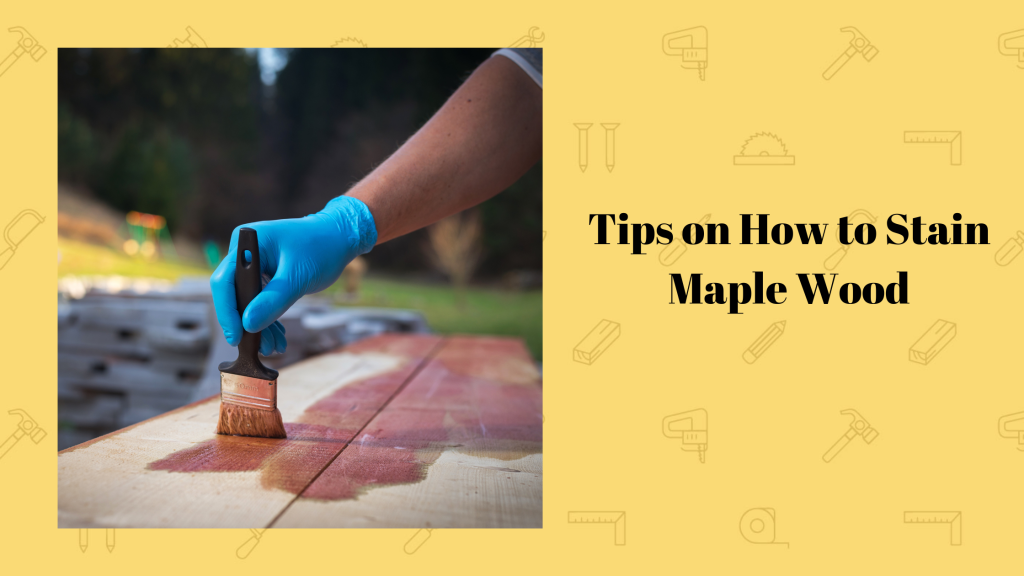Welcome to our guide on artisan woodworking. Where you’ll learn all about the age-old craft of artisanship. Whether you’re a beginner to woodworking or just an admirer of the craft, this guide will help you understand woodworking at an expert level.
What is Artisan Woodworking
Artisan woodworking is the art of creating objects from wood using handcrafted techniques. Easy, right?…Wrong. Artisan woodwork is woodworking in its most challenging and complex form. It emphasizes the artist’s skill and shows extreme precision and attention to detail. If you’re interested in woodworking or carving for beginners, artisanship is your graduation into becoming an expert.
Artisanship goes beyond just being an expert in the workshop. It’s a special kind of woodworking done by hand to produce high-quality and custom-made pieces. Artisans show an advanced understanding of wood properties. They create pieces with similar quality to those done with machines. It is the woodworking equivalent to farming and processing food naturally instead of industrial processing.

Features Of Artisan Woodworking
Artisanal woodworking has a lot of features that distinguish it from machine-made work. As we said, artisan woodwork goes way beyond being an expert. So here are some features that make it unique:
Their Work is Handcrafted
Handcrafting is the heart of artisan woodworking. Yes, artisanship is about making perfect objects, but the method is as important as the result. Unlike regular woodwork, which involves machinery, artisans work solely with a hands-on approach. Each artisan has a unique style they use to add depth and individuality to each piece.
Emphasis on Quality and Uniqueness
Artisans often describe their work as their children to emphasize the significance of each piece. They strive for perfection in every aspect of their work. From wood selection to choice of creation and the techniques used to create each piece. Attention to detail and commitment to uniqueness is key to artisan woodworking.
Use of Traditional Tools and Techniques
Artisans rely on crafting tools and techniques that have been present for centuries. These techniques have been honed and passed down to different generations. Artisans are able to add a high level of precision and uniqueness to their pieces by utilizing these perfected methods. This may be difficult to achieve even with modern machinery.
Eco-Friendly approach
A lot of thought and careful planning goes into artisan woodworking. Especially their source of wood. Most artisans believe in environmental sustainability. Hence they often source their wood from well-managed forests and reclaimed materials. By doing this, their pieces contribute to a greener future and reduce deforestation.
Techniques Used In Artisan Woodworking
The techniques used by artisans don’t differ much from the ones a regular woodworker employ. The core difference lies in the skill level. However, artisans still use some unique techniques that are rare in regular woodworking. An example is the use of inlay and marquetry. This technique involves incorporating foreign objects like metal and iron onto the surface of the wood. These objects are used to create intricate designs that enhance the beauty of the wood.
Another common artisan technique is the turning lathe. This technique involves putting a piece of wood on a lathe and carving it with various tools while it spins. This technique is often used to create cylindrical forms like bowls and vases. Artisans also use standard techniques like carving and joinery to create art. But their process and final pieces are much higher in quality due to their superior skills.

Challenges In Artisan Woodworking: Is It Lucrative?
Artisanship is an ancient craft with an extensive list of benefits. But it also faces many challenges with scaling to the modern-day. For starters, artisan woodworking requires extreme dedication to honing your craft. The time invested in continuous skill development can limit financial returns.
The market for artisan cabinetry and woodworks is also niche. It caters to a specific audience seeking high-quality art instead of industrial-produced woodwork. Factors like location and economic conditions might also limit demand. Additionally, artisanship also involves a lot of high-quality and specialized tools, which will need a huge financial outlay.
Finally, the popularity of industrial-produced puts a lot of pricing pressure on artisans. In reality, artisan woodworking is a lot more valuable than industrial products. However, the market is heavily biased against them. Hence lowering prices might be the only way to stay competitive in the market.
Considering all these, it’s safe to say pursuing artisanship as a profession is a serious business risk. However, some artisans have built successful businesses through quality work, strong branding, great customer service, and sponsoring courses.
Conclusion
That’s it for our guide on artisan woodworking. As a beginner, becoming an artisan might look like a daunting ask, and it is. But remember that woodworking is all about dedication and practice. Also, while artisanship is an ancient art, it’s a lot easier to learn now than it was in the 18th century. There are courses and workshops dedicated to helping aspiring artisans hone their craft.
FAQ
What’s the difference between artisan woodworking and other woodworking methods?
Artisan woodworking distinguishes itself through its emphasis on uniqueness and individuality. Artisanship is characterized by using traditional hand tools and techniques. While other forms of woodworking rely on machines and power tools.
What is the difference between a craftsman and an artisan?
In woodworking, both an artisan and a craftsman are high-level artists. But their process and final product vary. Artisans work on unique pieces with hand tools and techniques. While craftsmen are experts at machine production of woodwork items.
Can beginners practice artisan woodworking?
Becoming an artisan is the final stage of your woodworking learning. As a beginner, it’s a tough ask to jump straight into artisan projects without a process of learning the basic woodworking techniques. But with dedication, you can enjoy a smooth transition from a beginner to an artisan.
*This post may contain affiliate links. Please see my disclosure to learn more.



